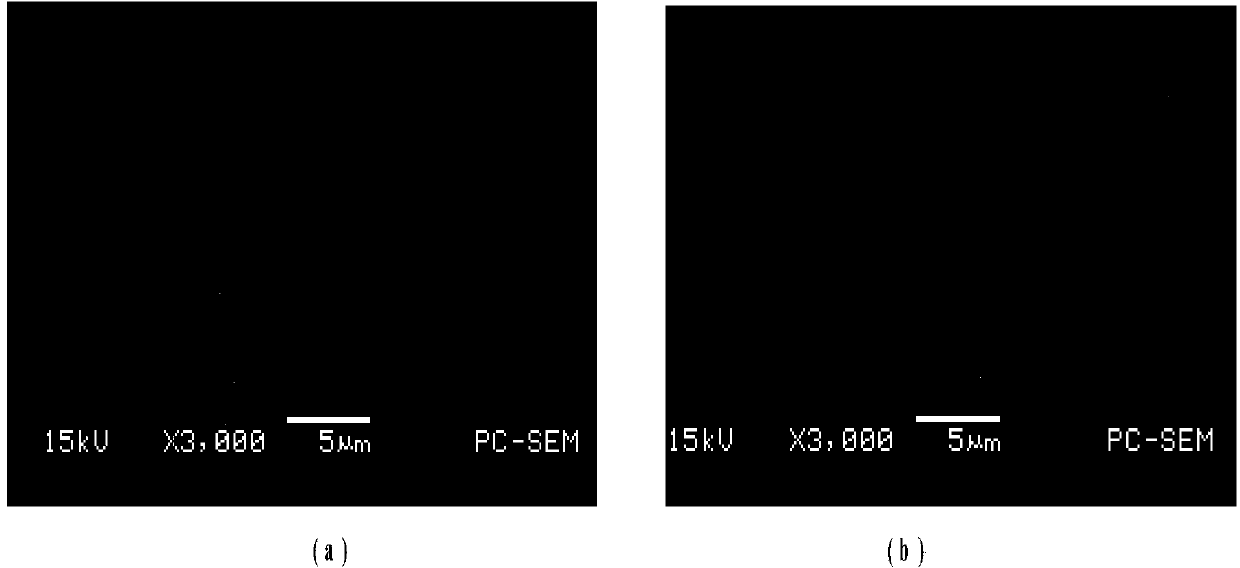Manioc waste anaerobic fermentation residue pretreatment and saccharification method
A technology of anaerobic fermentation and cassava residue, which is applied in the field of chemical engineering, can solve the problems of incomplete dissolution and uneven dissolution of inner cellulose, and achieve the effects of less three wastes, economical process, and good pretreatment effect.
- Summary
- Abstract
- Description
- Claims
- Application Information
AI Technical Summary
Problems solved by technology
Method used
Image
Examples
Embodiment 1
[0022] The hydrochloric acid assisted [Mmim] DMP pretreatment cassava residue anaerobic fermentation residue of embodiment 1 mass final concentration 0.5%
[0023] In the pretreatment system, 2 g of dried cassava residues from anaerobic fermentation were treated with 90% (w / w) [Mmim]DMP, 0.5% (w / w) hydrochloric acid, and 9.5% (w / w) water mixture After dissolving and pretreatment at 130 °C for 15 min, deionized water was added to wash and regenerate to obtain regenerated cellulose raw materials. After the regenerated cellulose material was washed three times with deionized water, pH = 4.8 acetic acid-sodium acetate buffer (50 mM) was added to form a mixed system, the final mass concentration of the residual cellulose material was 5%, and then the final mass concentration was 0.3% Cellulase (Sigma, C-2730) was used for enzymatic hydrolysis, and the reaction was shaken on a constant temperature shaker at 50 ℃ and 180 rpm for 72 h, and the yield of reducing sugar was 40.8%.
Embodiment 2
[0024] The hydrochloric acid assisted [Mmim] DMP pretreatment cassava residue anaerobic fermentation residue of embodiment 2 mass final concentration 5%
[0025] In the pretreatment system, 2 g of dried cassava residues from anaerobic fermentation were treated with 75.5% (w / w) [Mmim]DMP, 5% (w / w) hydrochloric acid, and 19.5% (w / w) water mixture After dissolving and pretreatment at 110 °C for 90 min, add deionized water to wash and regenerate; after washing the regenerated cellulose material three times with deionized water, add pH=4.8 acetic acid-sodium acetate buffer (50 mM) to form a mixed system, and the residual fiber The final mass concentration of the raw material was 5%, and then the final mass concentration of 0.3% cellulase (Sigma, C-2730) was used for enzymatic hydrolysis, and the reaction was shaken on a constant temperature shaker at 50 °C and 180 rpm for 72 h, and the reducing sugar was produced. The rate is 42.6%. 2 g of dried cassava residues from anaerobic f...
PUM
 Login to View More
Login to View More Abstract
Description
Claims
Application Information
 Login to View More
Login to View More - R&D Engineer
- R&D Manager
- IP Professional
- Industry Leading Data Capabilities
- Powerful AI technology
- Patent DNA Extraction
Browse by: Latest US Patents, China's latest patents, Technical Efficacy Thesaurus, Application Domain, Technology Topic, Popular Technical Reports.
© 2024 PatSnap. All rights reserved.Legal|Privacy policy|Modern Slavery Act Transparency Statement|Sitemap|About US| Contact US: help@patsnap.com








